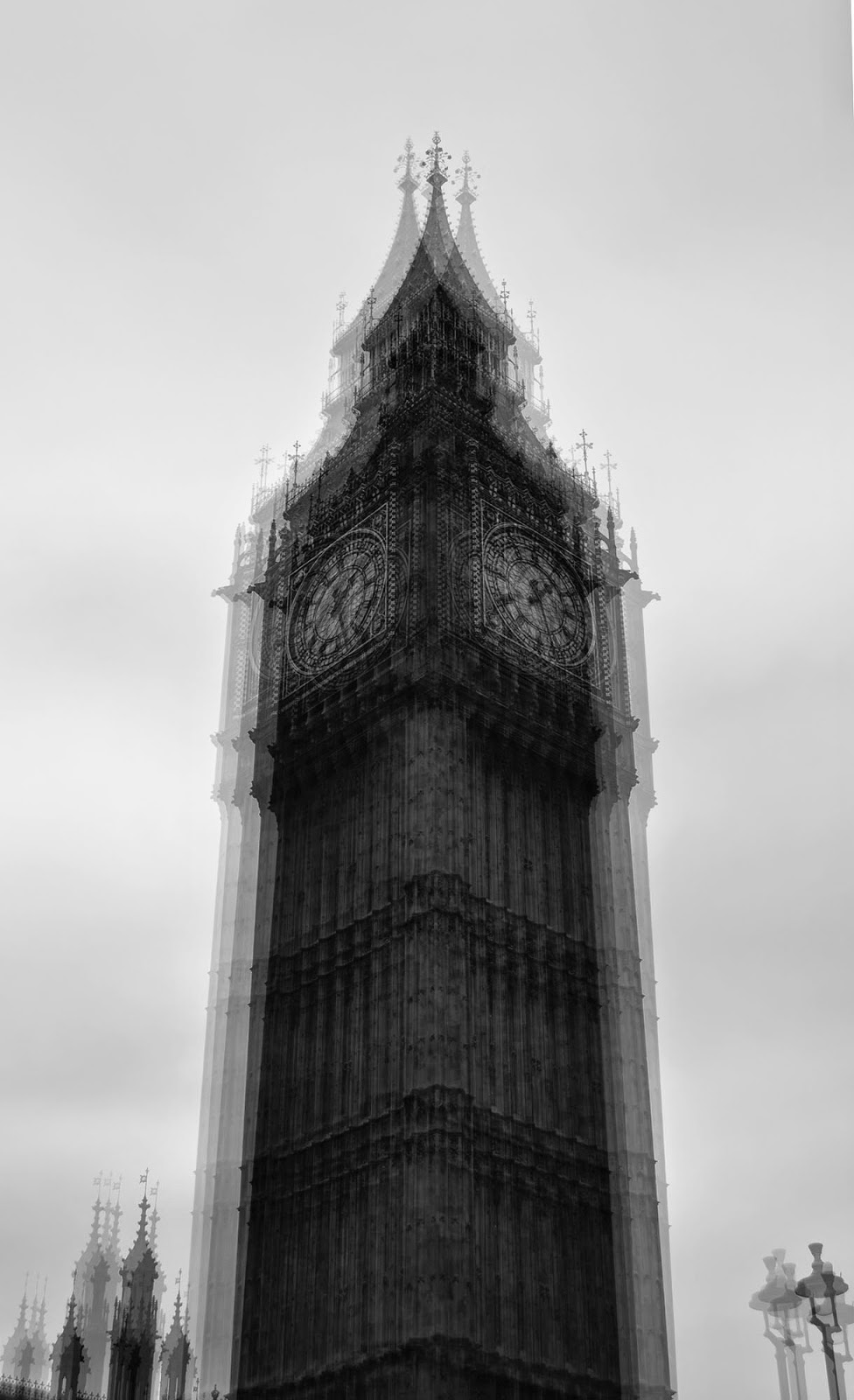In this shoot i wanted to continue to look at multiple images within people by creating an animation within a multiple imagery piece. I had the idea to create an animation which made the model look as if she was looking at herself by moving her head in the direction of the multiple imagery piece. I created it by making various different templates and each time one image would be different. Then when layering them on top of each other in order, in each frame it would reveal the new template.
 |
This is my final animation from this shoot. I began by taking a series of head shots of the same model however each time she would be looking in a different direction. When editing, i had to create at a number of different multiple imagery pieces to then later on top of each other when creating the animation. I started by creating a multiple imagery piece which was 3x3 grid with the same photograph in each square(head shot of model facing the camera). I then carried on to change one square at a time to create the illusion that the model was looking at herself. I decided to make the animation black and white as i felt that it gave it a vintage feel like when TVs were in black and white.
If i was to do this animation again i would like to look at creating a more complex animation for example having the model looking diagonally opposed to just up, down, left and right. I feel that this would add more diversity to the animation as well as not making it as predictable as the audience will not always be certain as to where the model is going to look next. Unlike this one where she just goes from one photograph within the grid to the next.
I was inspired to do this shoot for two reason. One being that i wanted to continue to look at multiple imagery within people as this was something that i liked within my last shoot as well as through research which was when i came across 'reed and radar' who create animations where more than one thing are moving at once therefore i though that creating a animated multiple imagery piece would be a good way to start as i was able to build my skill within animation to then move on to more complex animations.
As a result of this shoot, i would like to continue to look at incorporating animation into other multiple images techniques such as photo joiner which is something i haven't seen before therefore i would like to experiment with this to see whether it is successful.












































